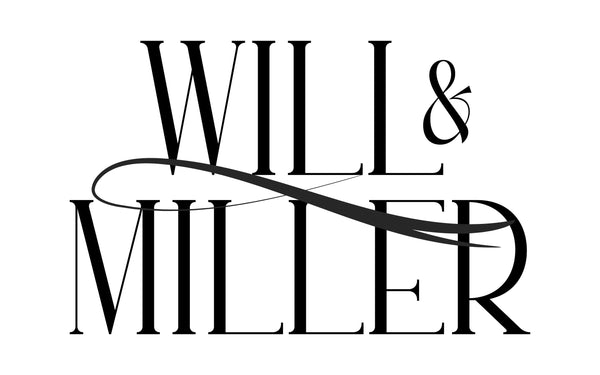Chateau De Beauregard-Ducourt

Location: Bordeaux, Entre-Deux-Mers, France
Vineyard manager: Philippe Ducourt
“Respect for the environment, care for the health of the men and women who work beside us each day, a need to guarantee superb quality for our clients, and a desire to support the local economy. These are the things that we believe in and care about, and have done for over 20 years. They are why we work hard each day to ensure that Ducourt is, and remains, synonymous with quality, progress, dynamism and innovation.” – Du Court
Having acquired Château des Combes in 1858, the Ducourt family settled in the small hamlet of Hourc, a commune of Ladaux, itself a small village in the heart of Entre-Deux-Mers, to the south east of Bordeaux. Pierre Ducourt, with his children and his grand-children tend to several hectares of vines that belong to the estate. The arrival of their grandfather, Henri Ducourt, at the property marked an important turning point for the business. He, with the help of his three children (Marie Christine, Philippe and Bernard), drastically revitalised the company and turned this family vineyard into one of Bordeaux’s largest winemaking unities, with 480 hectares and 14 chateaus in 6 different appellations controlées.
The chateau building of this great historic Entre-Deux-Mers property, which our family bought in 1973, overlooks a vineyard that is planted on an expansive south-facing slope. This very particular topology that brings with it clay-limestone soils is favourable for natural drainage and perfectly ripe grapes.
For reasons of transparency, all properties are classed according to the Sustainable Agriculture framework, and have been since 2004 now this norm has been replaced by High Environmental Value (HEV). This rating is based upon the how the vines are managed, in two particular areas: respect for and preservation of the environment and the safety of workers. To this end, they have put in place numerous measures that they carry out across our vineyards :
– They set aside fallow land where wild flowers are grown around our vines to increase the number of bees, which are crucial to the ecosystem as natural pollinators. We also leave grass strips in all of their vines: every other row is sewn, the row in between is left to nature.
– They have also kept the hedges that surround our plots and allowed grass to grow between the rows and on all the borders, which both increases biodiversity and prevents the pollution of streams and the surrounding area with waste products from vineyard treatment.
– They are a member of an agricultural association (l’Observatoire agricole de la biodiversité) that surveys and promotes plant and animal biodiversity.
– They have dramatically reduced the number of times that they pass through the vines in order to reduce fuel consumption and avoid damaging the soils. For example, they carry out pollarding and the trimming back of trees simultaneously.
– Their vast viticultural experience has also allowed us to optimise the use of products that are necessary for keeping the vines in good health, and to employ them sparingly only at crucial moments.
Ultimately, their ethos is represented in how they operate on a day-to-day basis: recycling waste systematically and carefully, and treating all water that has been used for the vines and in the winery. And the proof that the water is clean? A group of wild ducks comes back every year to spend the winter on our reservoir.
